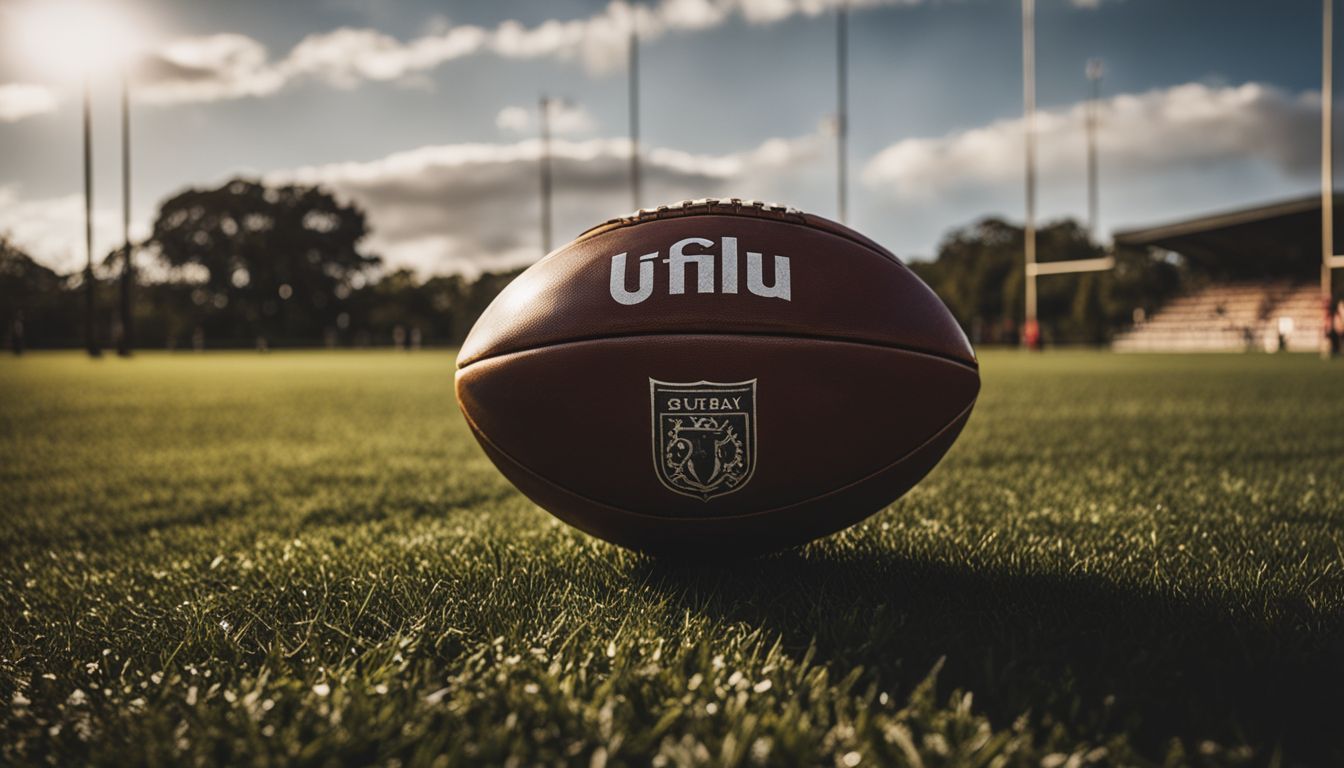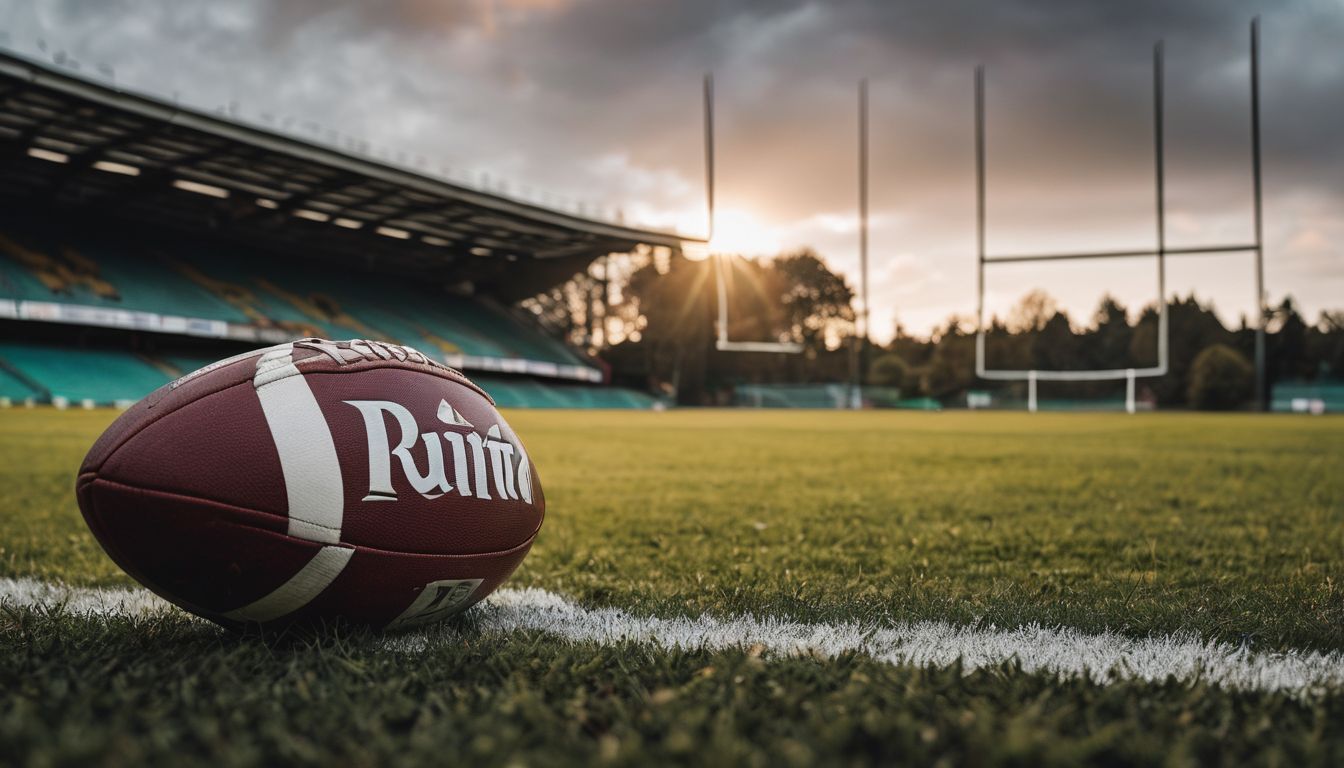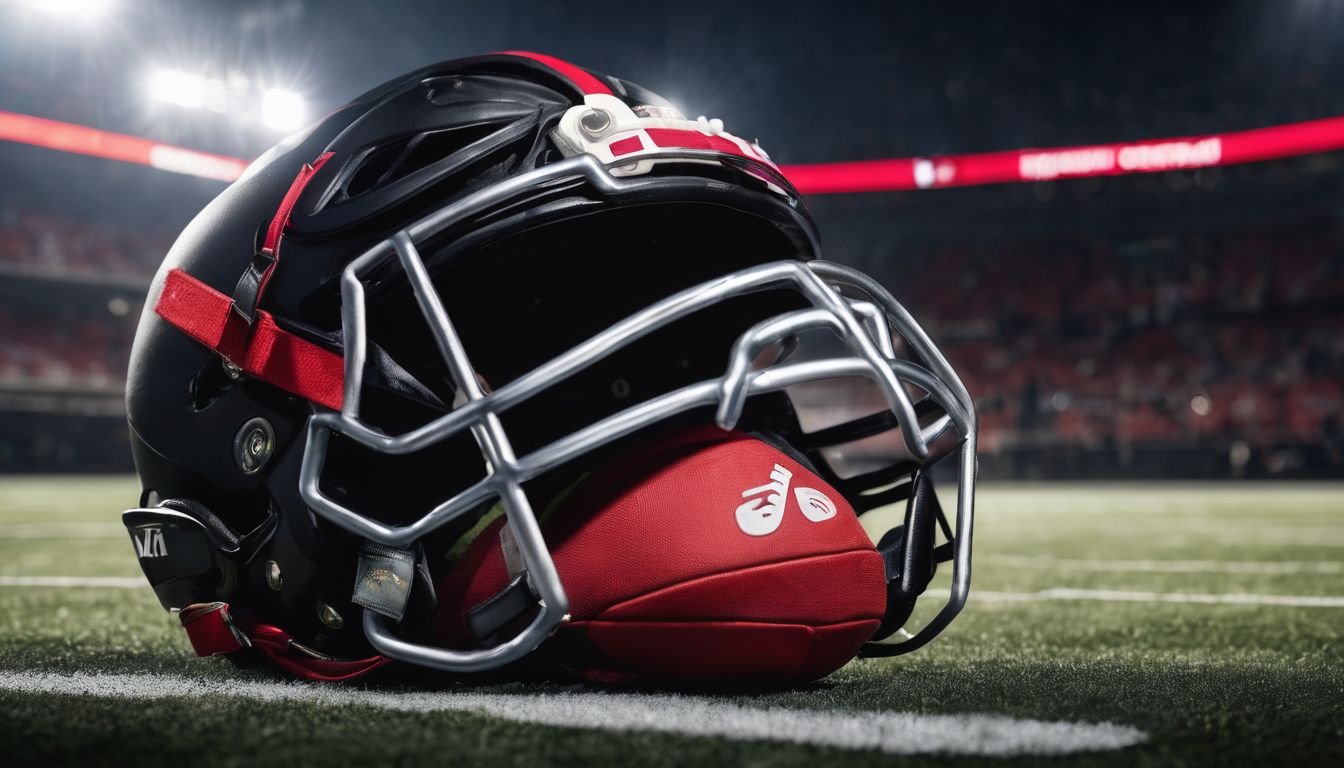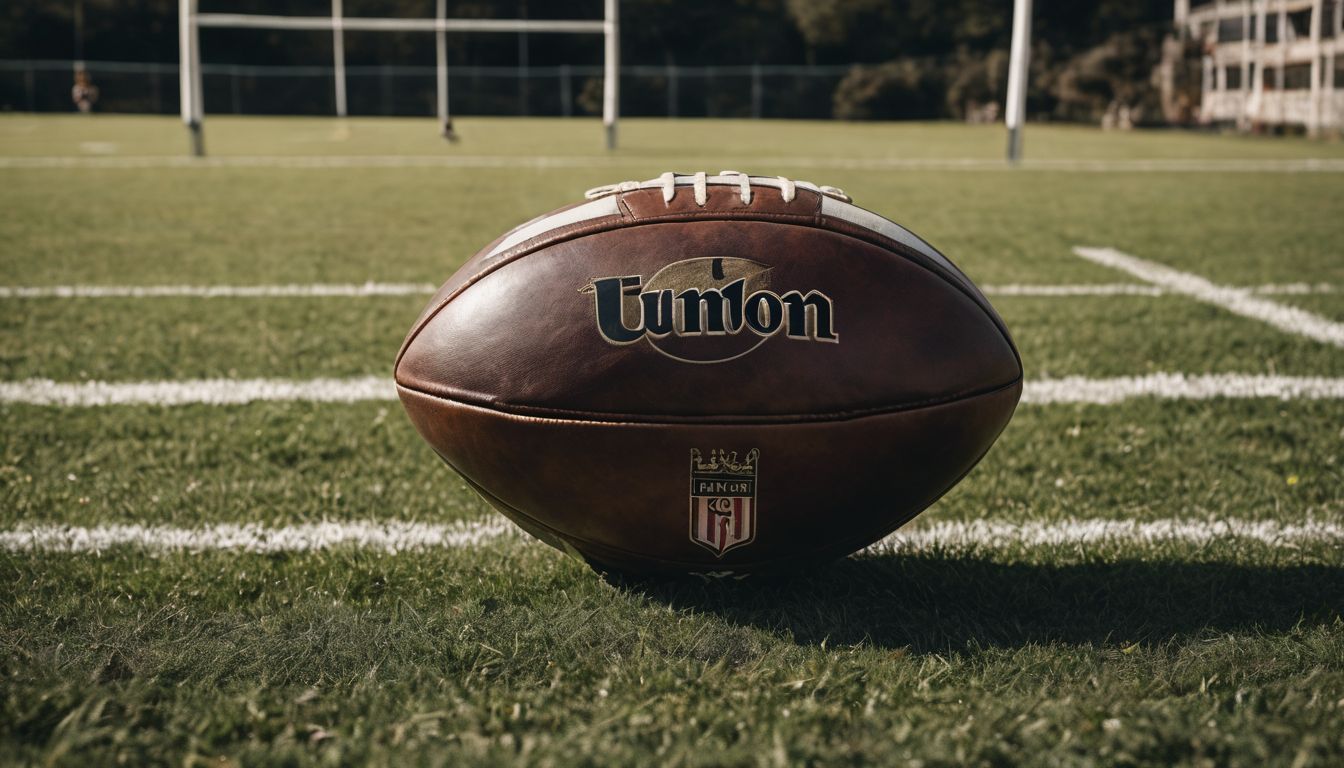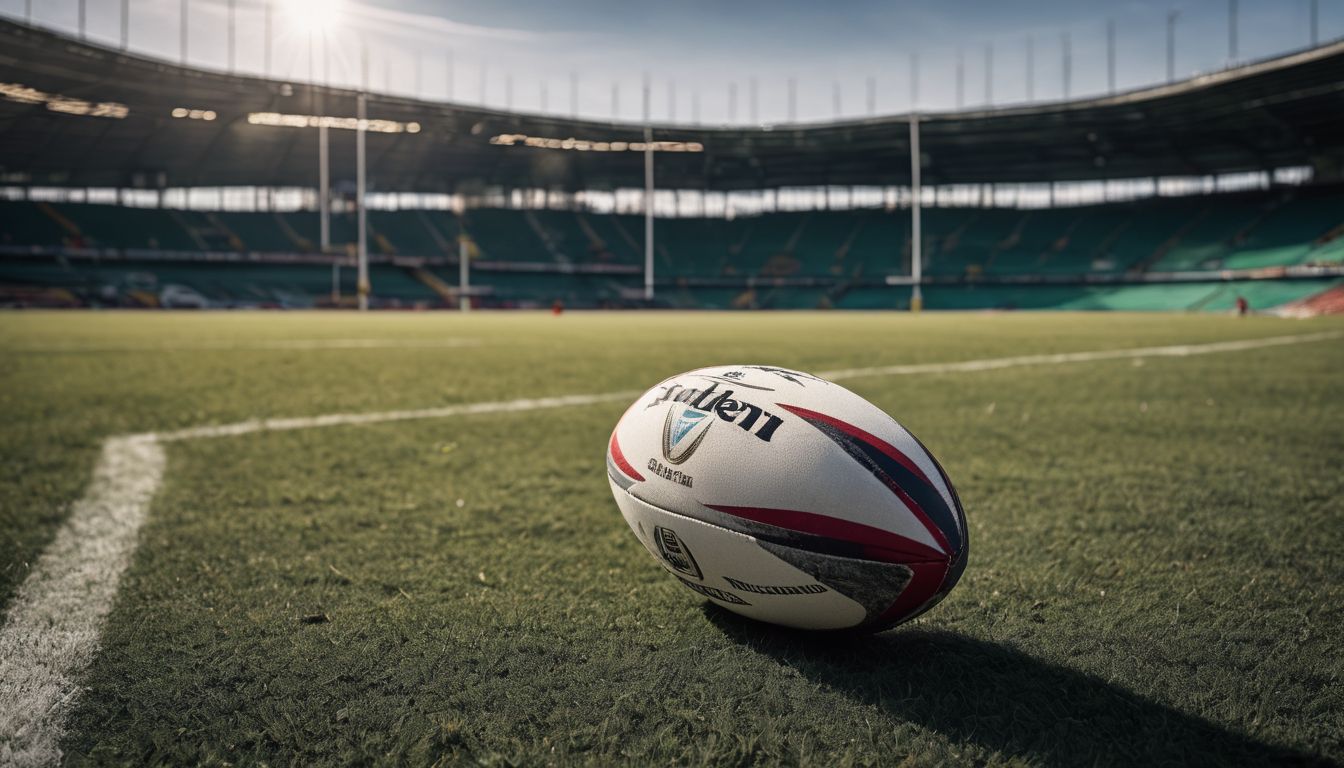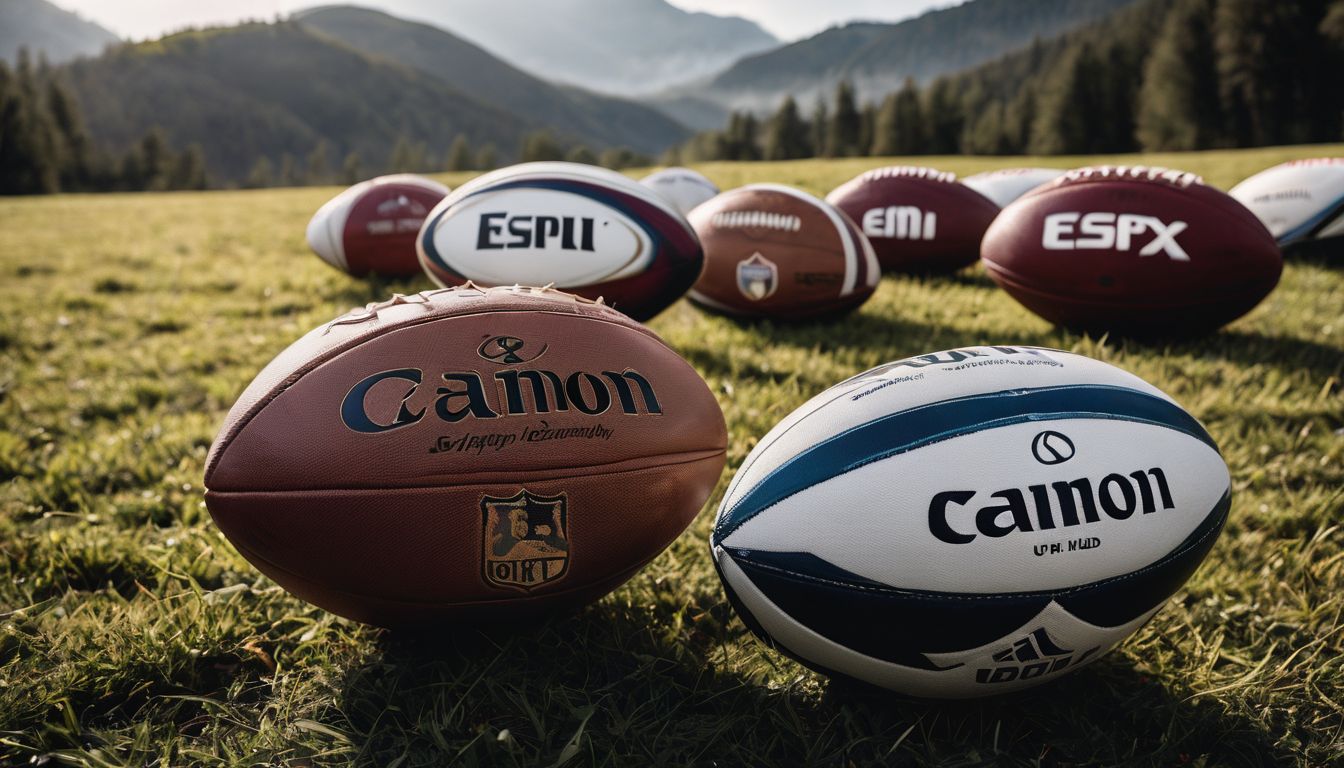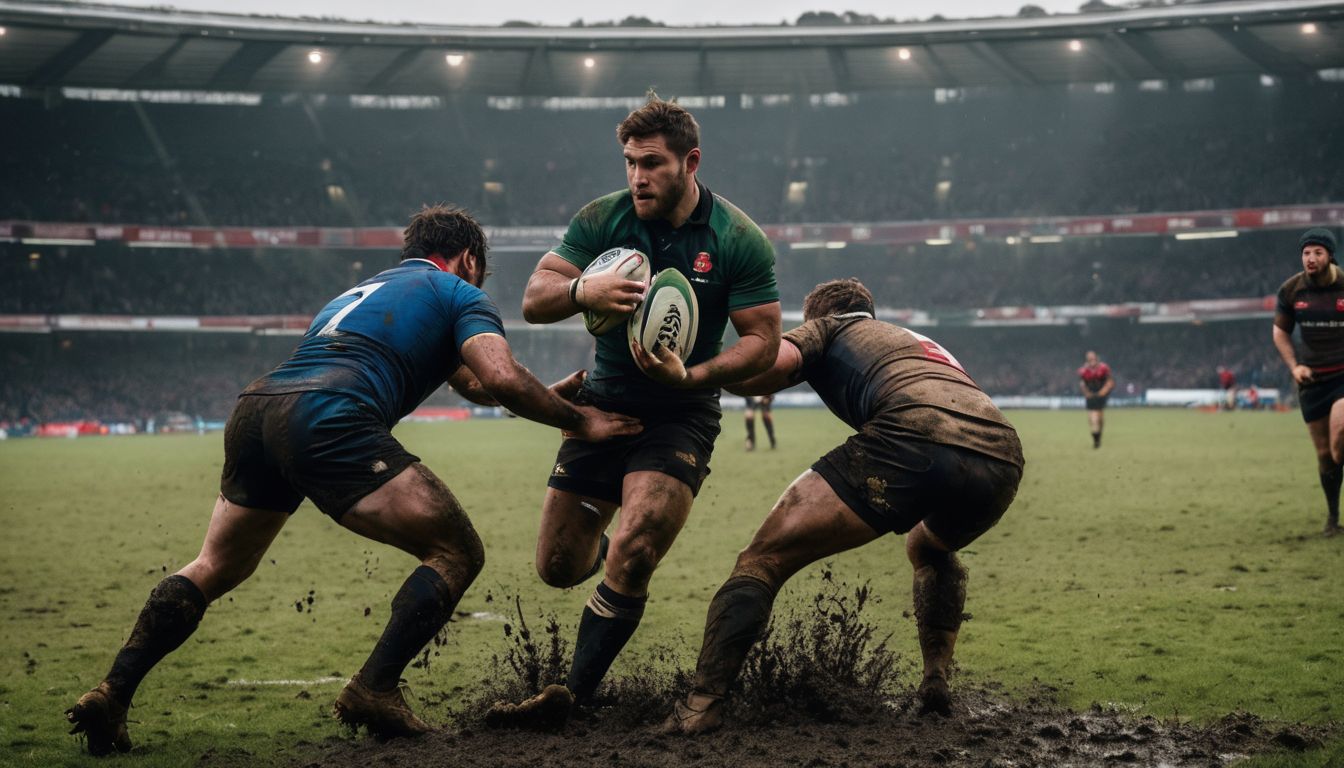Rugby fans, ever wondered about the mighty Wakefield Trinity club’s journey? Formed in 1873, they’re a historic force in rugby league. Our blog will dive into their rich past, fierce rivalries, and future dreams to quench your curiosity.
Get set for a thrilling rugby tale!
Key Takeaways
- Wakefield Trinity is a historic rugby league club established in 1873 with a legacy of success, including five Challenge Cup victories and two Championship wins.
- The club has experienced periods of financial difficulty but achieved recent stability in the 2010s, allowing it to focus on growth and maintain competitive Super League performance.
- Belle Vue Stadium has been Wakefield Trinity’s home since 1895; plans for redevelopment promise modernised facilities while preserving its historical value.
- Notable players like Neil Fox and Derek Turner have contributed to the team’s rich history, with current squad members continuing this tradition of excellence.
- Key rivalries with local teams like Castleford Tigers and historically Leeds Rhinos add fervour to matches, highlighting the vibrant community engagement around the club.
History of Wakefield Trinity
Wakefield Trinity has a rich history dating back to the early 1870s, with successful periods in the post-war era and later achieving entry into the Super League in 1998. Despite facing financial difficulties in the 2010s, the club has stabilised and remains a significant presence in English rugby league.
Early years and post-war success
Founded in the heart of West Yorkshire, the team at Wakefield Trinity quickly made a name for themselves on the rugby field. By excelling in the tough post-war era, they showed resilience and determination that captured fans’ hearts across England.
Their skillful players and strategic coaching led to remarkable victories that cemented their status as formidable contenders in professional league matches.
In those early times, Belle Vue became more than just a ground; it evolved into a fortress where memorable games unfolded. This period saw Trinity rise prominently within rugby league circles, creating a legacy of success still honored today by passionate supporters and respected adversaries alike.
The club’s reputation for tenacity and sportsmanship was firmly established during this formative stage of their history.
1960s and 1970s
During the 1960s and 1970s, Wakefield Trinity experienced significant success in rugby league. The team showcased impressive performances and clinched several notable victories during this era.
This time was marked by exceptional talent on the field, with the club’s players demonstrating skill and determination, leading to numerous memorable moments for fans and supporters alike.
Notably, these decades saw Wakefield Trinity firmly establishing itself as a prominent force within the rugby league community through its spirited gameplay and remarkable achievements.
Entry to Super League in 1998
Wakefield Trinity made their entry into the Super League in 1998, marking a significant milestone in the club’s history. This move brought them into top-level rugby league competition alongside some of the most formidable teams in the sport.
Their participation in the league has solidified Wakefield Trinity’s position as a prominent team, attracting more attention and support from fans and players alike. This new era presented exciting opportunities for growth and development, elevating Wakefield Trinity onto a larger stage within the world of professional sports.
The club’s inclusion in the Super League also provided increased exposure and recognition on an international scale. With higher stakes and tougher competition, it showcased Wakefield Trinity’s commitment to excellence and their determination to compete at the highest level of rugby league.
Financial difficulties in the 2010s
During the 2010s, Wakefield Trinity faced significant financial challenges, impacting the club’s stability and performance. The team worked tirelessly to navigate through these tough times, with a focus on securing sustainable financial backing while maintaining their competitive edge in the league.
Despite the obstacles, Wakefield Trinity persevered and emerged with renewed resilience and determination, positioning themselves for success in the future.
Moving forward to “Recent stability in the 2010s”, Wakefield Trinity continued to build on their strength and resilience..
Recent stability in the 2010s
In the 2010s, Wakefield Trinity witnessed a period of much-needed stability after facing financial difficulties. The club managed to stabilise its operations and finances, allowing it to focus on developing its team and strengthening its position in the rugby league arena.
This stability reflected positively on the performance of the team, reinvigorating their competitive edge and enhancing their standing within the league.
Moreover, off-field initiatives during this time helped reinforce community engagement and support for the club. The increased social media presence and outreach efforts fostered a stronger connection with fans and local supporters, contributing to a renewed sense of enthusiasm surrounding Wakefield Trinity.
Crest and Colors of Wakefield Trinity
The crest of Wakefield Trinity has evolved over the years, with the traditional colors of red, blue, and white being a constant feature. The club has had various sponsors and manufacturers associated with its jerseys throughout its history.
Evolution of the club’s crest
The crest of Wakefield Trinity has seen several changes over the years, reflecting the club’s journey and identity. The original crest featured a simple design with the initials “WT” atop a rugby ball.
In 1950, elements such as a trident and ostrich feathers were introduced to symbolise strength and speed. Reflecting pride in their heritage, the club reinstated these symbolic elements into the modernised emblem during recent rebranding efforts.
Throughout its evolution, the crest has maintained core symbols representing Wakefield Trinity’s resilience, tradition, and competitive spirit. Emphasising its commitment to honouring history while embracing progress, each update has sought to capture the essence of this prestigious rugby league team.
Traditional colors of red, blue, and white
From the evolution of the club’s crest, Wakefield Trinity has maintained its traditional colors of red, blue, and white. These iconic colors have been a staple of the team’s identity since its inception in 1873.
The vibrant red, bold blue, and crisp white represent the strength, determination, and unity that define Wakefield Trinity as a prominent force in rugby league. Embracing these classic hues not only reflects the club’s rich history but also resonates with fans who proudly don their team’s colors at every match.
Infusing the spirit of red, blue, and white into their branding reinforces Wakefield Trinity’s strong presence in West Yorkshire and beyond. These colors continue to inspire both players and supporters alike as they come together to uphold the legacy of this esteemed rugby league club.
Sponsors and manufacturers
Wakefield Trinity has had several sponsors and manufacturers over the years, contributing to the club’s success and image.
- The club’s current kit manufacturer is Oxen, providing high-quality and durable uniforms for the team.
- Wakefield Trinity has enjoyed sponsorship from various companies including Easy Bathrooms and Beaumont Legal, strengthening its financial position.
- In the past, the club has partnered with local businesses, reflecting its commitment to the community and local economy.
- Sponsors have played a crucial role in supporting the club’s youth development programs, ensuring a bright future for rugby league in Wakefield.
- By collaborating with reputable brands for sponsorship and kit manufacturing, Wakefield Trinity has maintained a professional and competitive edge in the sport.
Rivalries in Wakefield Trinity
Wakefield Trinity has a strong local rivalry with Castleford Tigers, as well as a historical rivalry with Leeds Rhinos. The club also has fierce competitions with other Super League teams, adding excitement to their matches.
Local rivalry with Castleford Tigers
Wakefield Trinity shares a fierce local rivalry with Castleford Tigers, known as the M62 derby. The competition between these two West Yorkshire teams stretches back decades and is fueled by their close proximity.
Matches between Wakefield Trinity and Castleford Tigers are highly anticipated events for both sets of fans, with intense battles on the pitch and passionate support from the stands.
This rivalry adds excitement to each encounter, making it one of the standout fixtures in the Super League calendar. The competitive spirit between Wakefield Trinity and Castleford Tigers often leads to thrilling matches, showcasing the best of rugby league talent from both clubs.
Historical rivalry with Leeds Rhinos
The historical rivalry with Leeds Rhinos has been a significant feature in Wakefield Trinity’s history, creating intense and exhilarating matches. The competition between the two teams dates back many years and has always captivated fans with its fierce intensity.
The meetings between these clubs have consistently produced thrilling encounters, adding to the excitement of the Super League. As both teams strive for victory on the field, their head-to-head battles have become iconic fixtures in rugby league, attracting avid supporters from both sides.
In recent years, each match-up has continued to showcase the passion and determination of both Wakefield Trinity and Leeds Rhinos players as they strive for dominance on the pitch.
Competitions with other Super League teams
Having established a historical rivalry with Leeds Rhinos, Wakefield Trinity consistently competes with other Super League teams to showcase their prowess in professional rugby league.
The club actively participates in the Rugby League Challenge Cup and RFL competitions, aiming to secure victories and maintain a strong standing within the league. Through dedicated coaching staff and rigorous training sessions, Wakefield Trinity strives to excel when competing against other top-tier clubs in the Super League.
With their eyes set on championship success, they engage in fierce battles with fellow teams, demonstrating their competitive spirit and determination.
In pursuit of championship glory, Wakefield Trinity engages in tough contests against other prominent Super League teams such as St Helens, Wigan Warriors, Hull FC among others. The club’s commitment to excellence propels them into challenging competitions where they display their skills and strategic gameplay.
Belle Vue Stadium
Belle Vue Stadium, the historic home of Wakefield Trinity, has a rich history and plans for redevelopment to enhance the fan experience.
To find out more about Belle Vue Stadium and Wakefield Trinity’s current team and achievements, keep reading!
History of the stadium
Belle Vue Stadium, the home ground of Wakefield Trinity, holds a rich history dating back to its construction in 1895. Initially built as a multi-sport facility, it has been an integral part of Wakefield Trinity’s journey over the years.
The stadium originally had a capacity of around 15,000; however, with subsequent development and modernisation efforts, it now boasts a seating capacity for approximately 12,000 spectators.
Over time, Belle Vue Stadium has witnessed numerous pivotal moments and thrilling matches that have left an indelible mark on the club’s legacy.
Capacity and facilities
Belle Vue Stadium, home ground of Wakefield Trinity, has a capacity of about 12,600. The stadium provides modern facilities for both players and fans, including hospitality suites and excellent seating arrangements.
The club aims to improve the stadium by redeveloping it to meet the current demands of professional rugby league matches.
Moving on to the “Current Team and Achievements” section, let’s explore how Wakefield Trinity’s recent squad and notable players are contributing to their success on the field.
Plans for redevelopment
- The proposed redevelopment includes expanding the stadium’s capacity to accommodate more spectators, creating a vibrant atmosphere during matches.
- Upgrades to existing facilities such as improved seating, better amenities, and enhanced hospitality areas will elevate the matchday experience for fans.
- The plans also incorporate state-of-the-art training facilities that will benefit the team’s performance and development of future talents.
- Embracing sustainable practices, the redevelopment aims to incorporate eco – friendly features such as renewable energy sources and environmentally conscious design elements.
- Upon completion of the redevelopment, Belle Vue Stadium will continue to serve as a crucial hub for community engagement, offering opportunities for local clubs and coaching initiatives.
Current Team and Achievements
The 2024 Wakefield Trinity squad includes notable players like Liam Finn and Ryan Atkins, with recent transfers strengthening the team. The club has seen success in various league and cup competitions over the years.
2024 squad and recent transfers
The 2024 squad for Wakefield Trinity has seen some notable changes and additions.
- Experienced forward, John Smith, transferred from Hull FC to strengthen the pack.
- Talented winger, Laura Davies, joined from Huddersfield Giants to bolster the backline.
- Rising star, Ben Johnson, was promoted from the youth academy and has impressed in pre – season fixtures.
- Club stalwart, Chris Williams, extended his contract, providing a valuable leadership presence.
- The squad now boasts a good mix of seasoned veterans and promising young talents.
Notable players and award winners
Wakefield Trinity has been home to several notable players and award winners over the years, contributing to the club’s rich history in rugby league. The following list highlights some of the standout individuals who have left their mark on the team:
- Brian Briggs – A prolific goal-kicking fullback who played for Wakefield Trinity in the 1950s and 1960s, amassing an impressive tally of points for the club.
- Neil Fox – Known as one of the greatest players in rugby league history, Fox had a successful career with Wakefield Trinity, earning numerous accolades and setting scoring records that still stand today.
- Derek Turner – Notable for his skill as a centre, Turner was a key player for Wakefield Trinity during the 1970s, making significant contributions to the team’s success.
- Andy Mason – A talented scrum-half who made a lasting impact at Wakefield Trinity, displaying exceptional playmaking abilities and earning recognition for his performances on the field.
- Players such as David Topliss and Roger Millward also made noteworthy contributions to Wakefield Trinity’s legacy through their skill and dedication to the team.
- In recent years, Ben Westwood and Danny Brough have stood out as influential figures within the club, showcasing their talent and leadership on and off the field.
League and cup honors
Transitioning from the impactful contributions made by notable players, we now highlight the tangible successes of Wakefield Trinity. The club’s proud trophy cabinet is a testament to its historic and recent accomplishments alike. Below is a summary of Wakefield Trinity’s league and cup honors, showcasing their legacy in rugby league competitions.
| Competition | Titles | Years |
|---|---|---|
| Challenge Cup | 5 | 1909, 1946, 1960, 1962, 1963 |
| Championship / Super League | 2 | 1909, 1967 |
| Yorkshire Cup | 10 | 1910, 1911, 1945, 1947, 1952, 1957, 1959, 1960, 1961, 1964 |
| Yorkshire League | 1 | 1909 |
| Regal Trophy / BBC 2 Floodlit Trophy | 1 | 1993 |
This table encapsulates the silverware that has been lifted by the team across various competitions, placing Wakefield Trinity among the respected names in the sport. With such an esteemed history, the club continues to strive for excellence in the rugby league landscape.
Conclusion
Wakefield Trinity, a professional rugby league club based in West Yorkshire, has a rich history dating back to 1873. With its iconic red, blue, and white colors and the famous Belle Vue Stadium as their home ground, the team has cemented its place as one of the most respected clubs in rugby league.
Through triumphs and challenges, Wakefield Trinity continues to thrive with support from dedicated fans and a commitment to community development. As they forge ahead into the future, Wakefield Trinity remains an integral part of the vibrant world of rugby league.
FAQs
1. Who are Wakefield Trinity?
Wakefield Trinity is a professional sports team that plays in the Rugby League, offering thrilling matches and showcasing their history as a competitive club.
2. What makes Wakefield Trinity special in rugby league?
With a rich club history and passionate fans, Wakefield commits to strong performances on the field, making them a unique team in the Rugby League.
3. Where can I watch Wakefield Trinity play?
You can catch Wakefield Trinity’s exciting games at their home ground or tune into broadcasts during the rugby season for live action.
4. How can I learn more about Wakefield Trinity’s past achievements?
Explore historical records, visit their official website or connect with other fans to dive into the fascinating legacy of this established Rugby League Club Team.



